East Quay: arts and community landmark revives English harbour town
Developed by Onion Collective and designed by Invisible Studio and Ellis Williams Architects, East Quay is a new arts and community landmark planned to revive Watchet’s local economy, by tackling ‘social, cultural and environmental justice’
Jim Stephenson - Photography
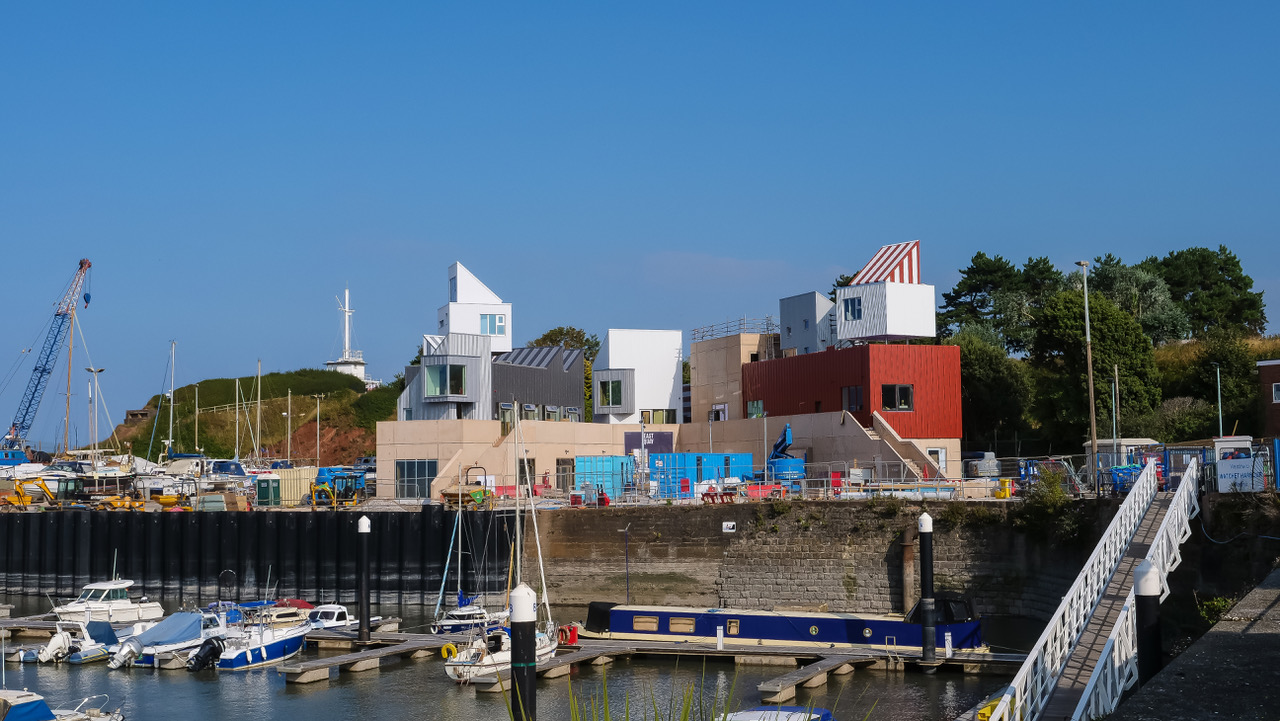
The variety in the team's experience informed their methods in engaging with the local community through consultations and regular public meetings. They directly involved the people of Watchet and established trust with the wider community, including the local council. The project has since received funding from multiple sources, such as the Heart of the South West LEP’s Getting Building Fund and Arts Council England, including £5.3m from the government’s Coastal Communities Fund.
East Quay: a community landmark for Watchet
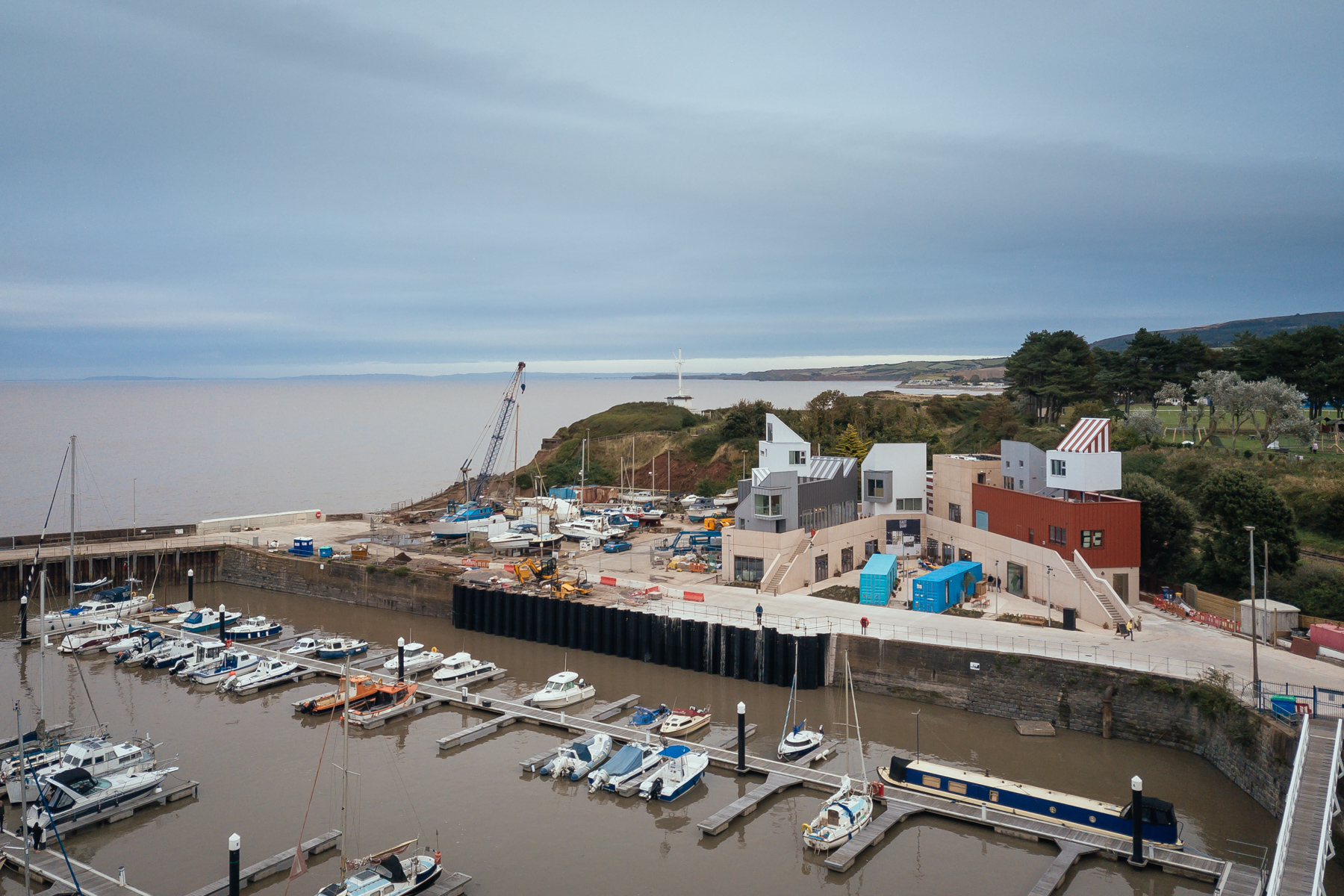
This harbour town sits in an old industrial heartland, with its local economy traditionally relying on coastal exports and trade. Historically a hub for paper manufacturing in the UK, Watchet's last remaining, 250-year-old paper mill closed in 2015. With its economic identity at risk, Watchet has also consistently ranked at the bottom of the social mobility index and has had a low SME (small and mid-size enterprise) performance nationally.
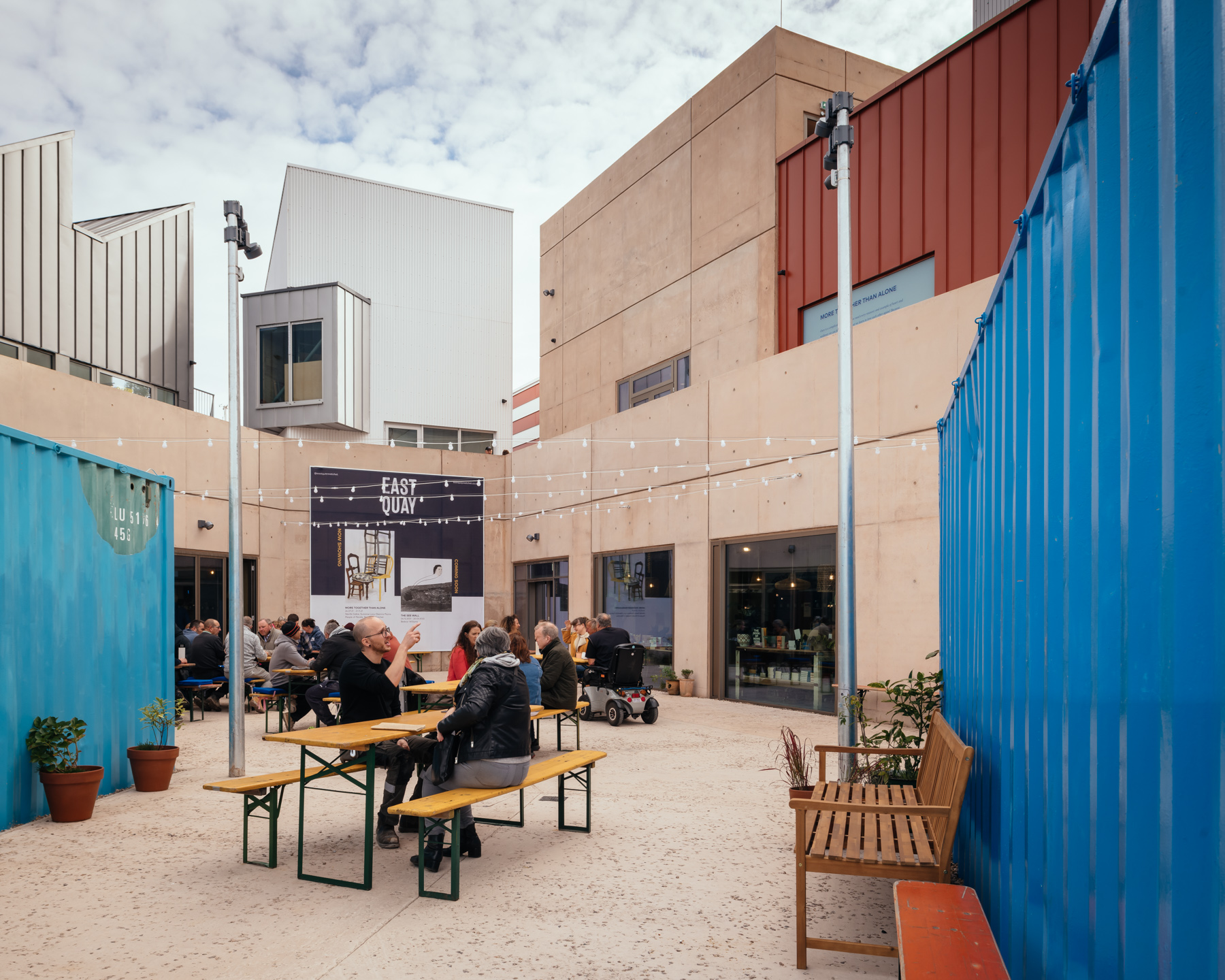
East Quay aims to change that. The building serves as a landmark on Watchet’s landscape, ‘a porous object that can be climbed, traversed and explored’.
Designed by Invisible Studio and Ellis Williams Architects, the extensive, £7.3m structure consists of a courtyard, two art galleries, 11 artist studio’s, a paper mill, a print studio, an educational space, a restaurant and five accommodation pods. The main concrete plinth, its pink colour the product of a locally sourced red sandstone aggregate, serves as a roofscape and a passageway between the harbour and the historic West Somerset steam railway. It also supports the secondary structures – the stilted accommodation pods.
An assemblage of colourful and robust materials, such as corrugated tin, complement the landscape and material composition of the harbour. ‘This is not about a building, it's about a series of places, which are very unprecious,’ says Taylor.
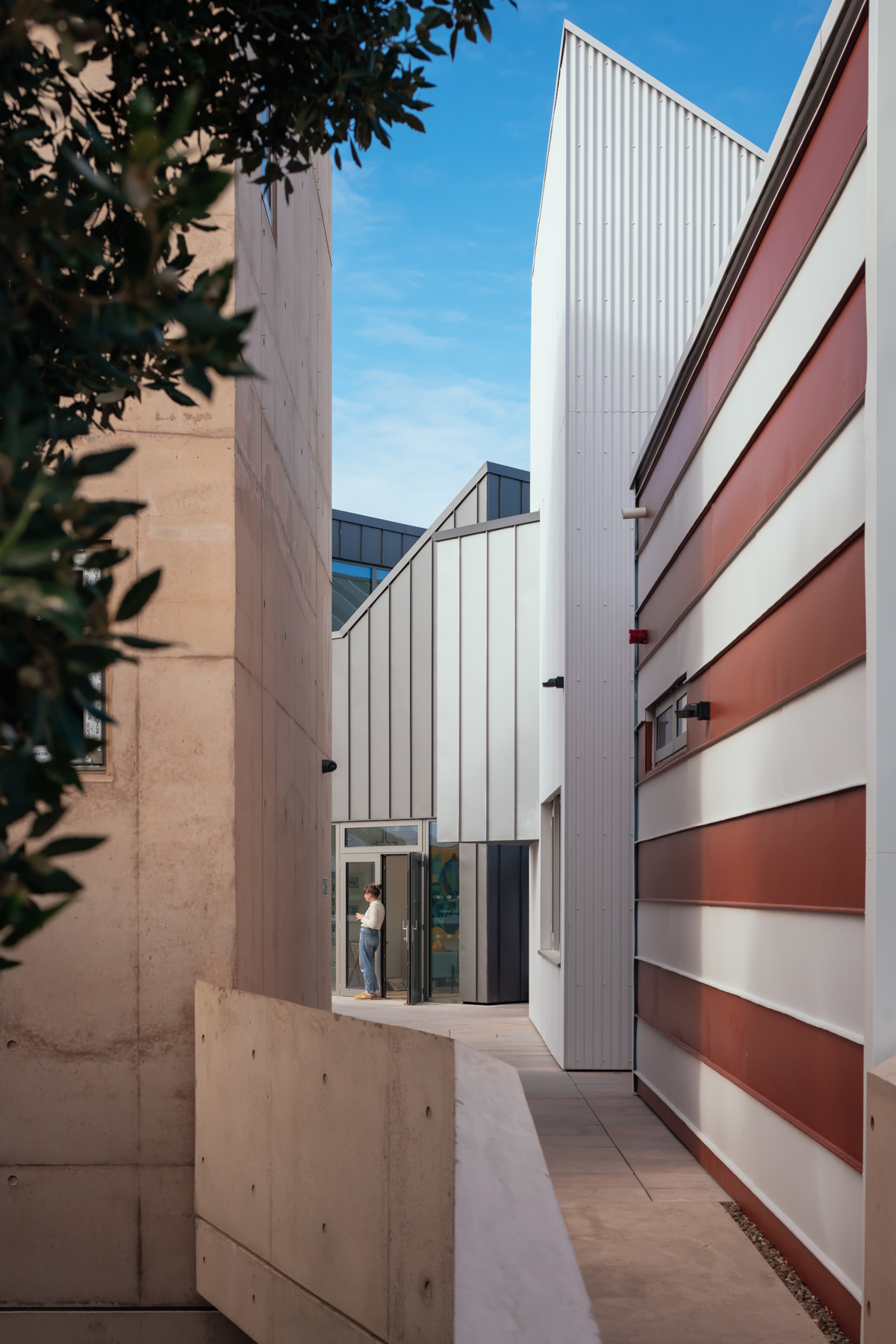
The compact and playful interiors of the accommodation pods were designed by the young architecture practice Pearce+Fægan. The two lead designers collaborated with an environmental psychologist and a local secondary school to also design the Creator Space, an alternative after-school education room, where children and teenagers can enjoy activities that are typically not found in your general youth club.
East Quay's communal and industrial nature is reflected in its public-facing artist studios, hosting multiple practitioners, from sculptors, photographers, furniture designers and jewellers to printmakers. The new paper mill studio is not only a tribute to Watchet’s industrial past, but also to UK crafts, with papermaking being one of the critically endangered skills, according to the Paper Industry Technical Association. The studio is operated by one of the few traditional papermakers left in the country.
Receive our daily digest of inspiration, escapism and design stories from around the world direct to your inbox.
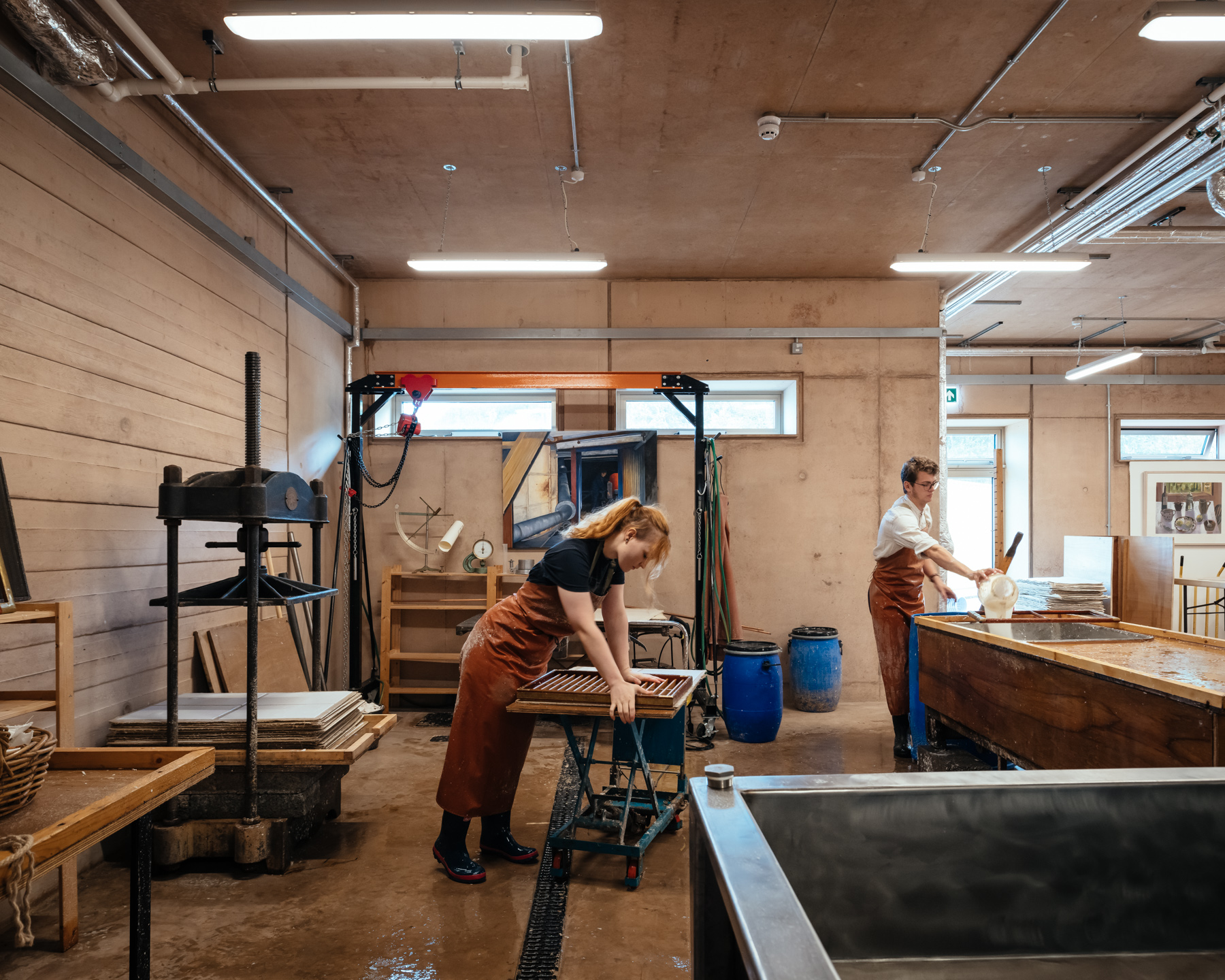
The contemporary art galleries are currently exhibiting works from artists such as Neville Gabie, Suzanne Lacy and Deanna Payne. Onion Collective consciously chose to bring the world of ‘high art’ and local art to Watchet, advocating that art and collective making should be accessible to everyone.
‘Culture is the art of gathering together, changing and developing,’ says Jessica Prendergrast, one of Onion Collective's co-directors. Often exhibitions and major cultural institutions like this are found in central hubs. East Quay asks its visitors to engage with the cultural intricacy and complexity of Watchet and what it has to offer.
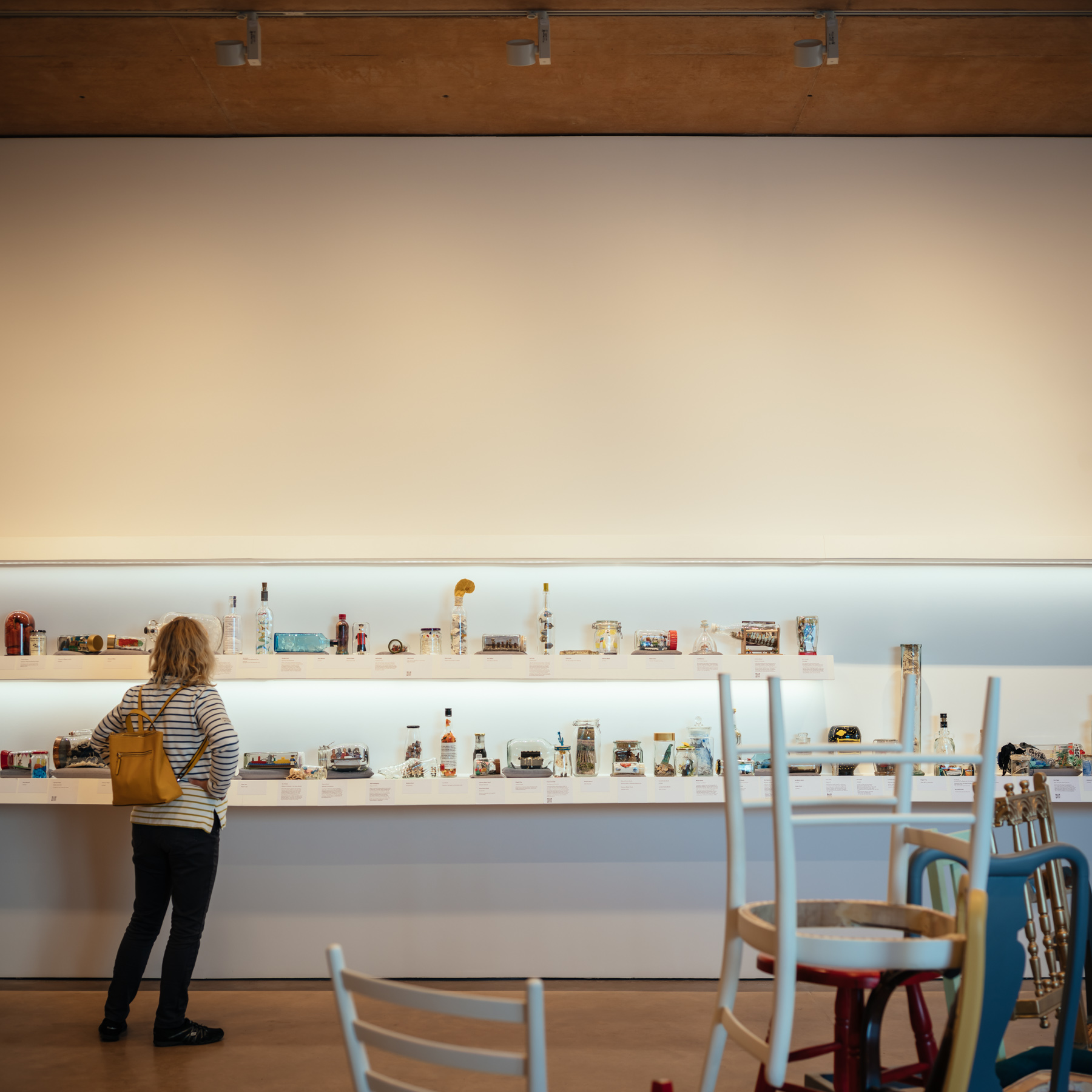
Today, the Onion Collective continues to fund its projects at East Quay through consultancy work around the country. The centre is the largest business in Watchet and is expected to create over 200 new local jobs within the next few years, making it a real community landmark.
East Quay is a living project that 'multiple people over time have changed and extended', reflecting the vibrant and dynamic life in Watchet. Onion Collective’s methods of co-creating and participating with the local people will no doubt be a blueprint for future communal revitalisation projects. As East Quay continues to evolve with time, it showcases ways that architecture can respond and make change at the heart of a community.
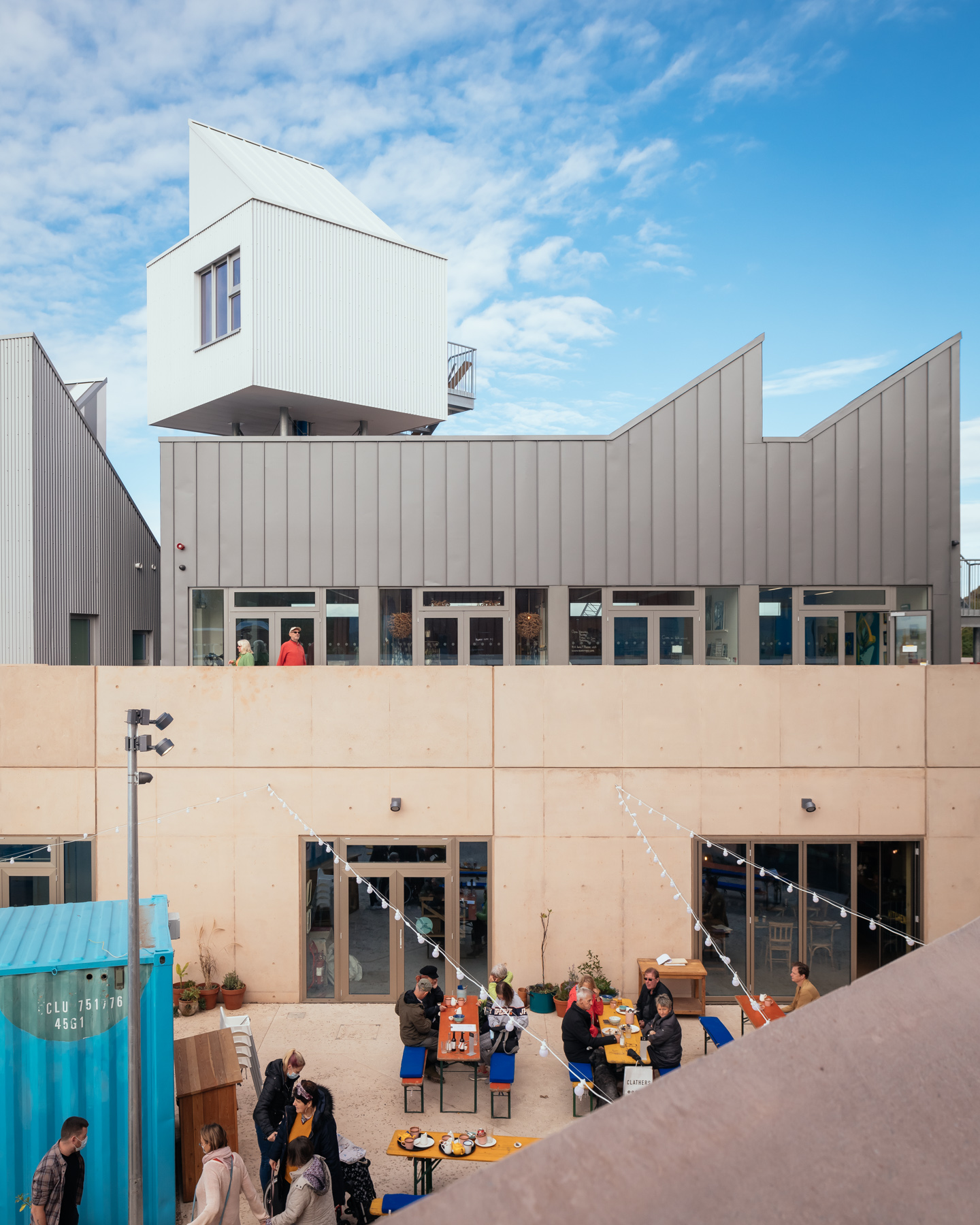
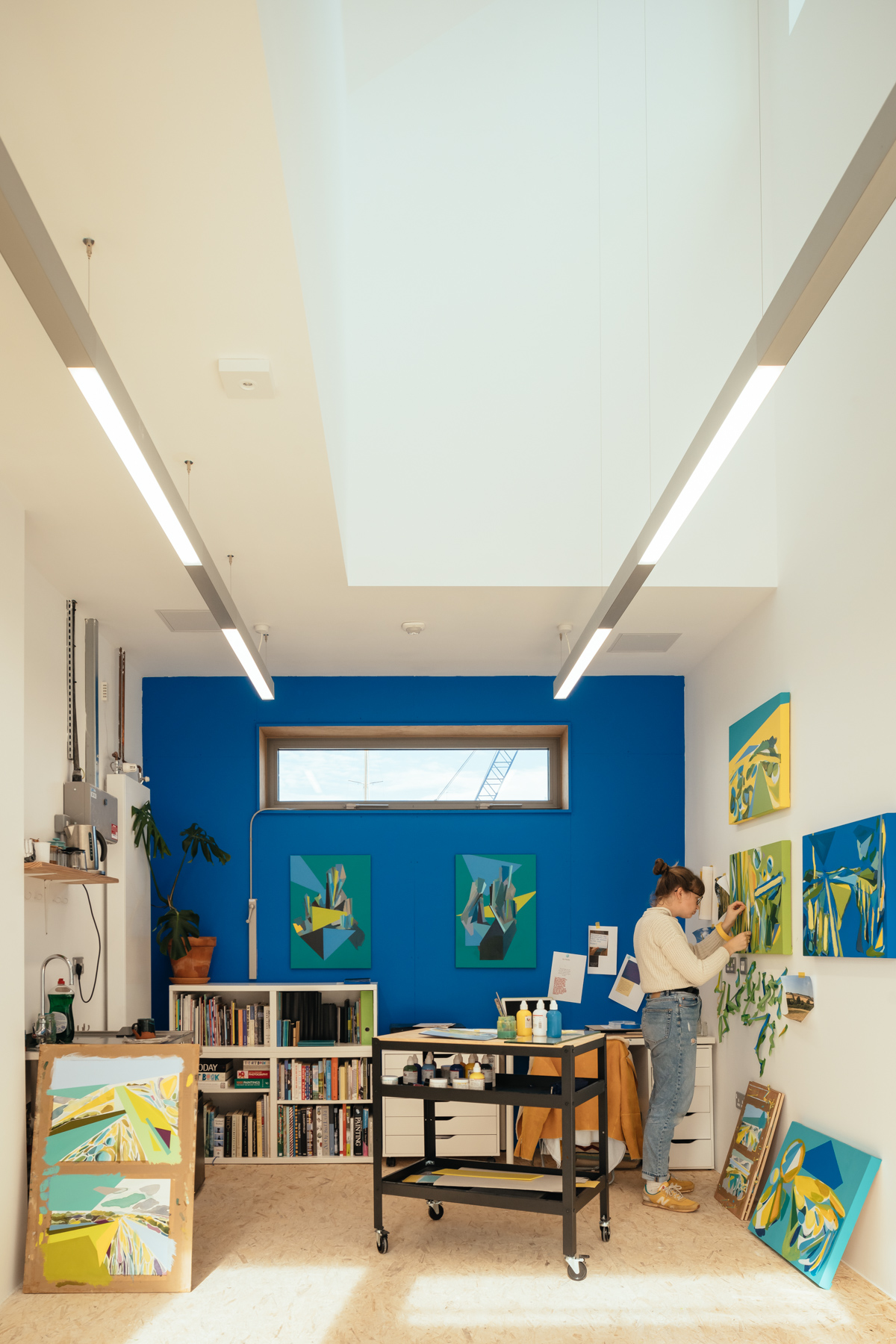

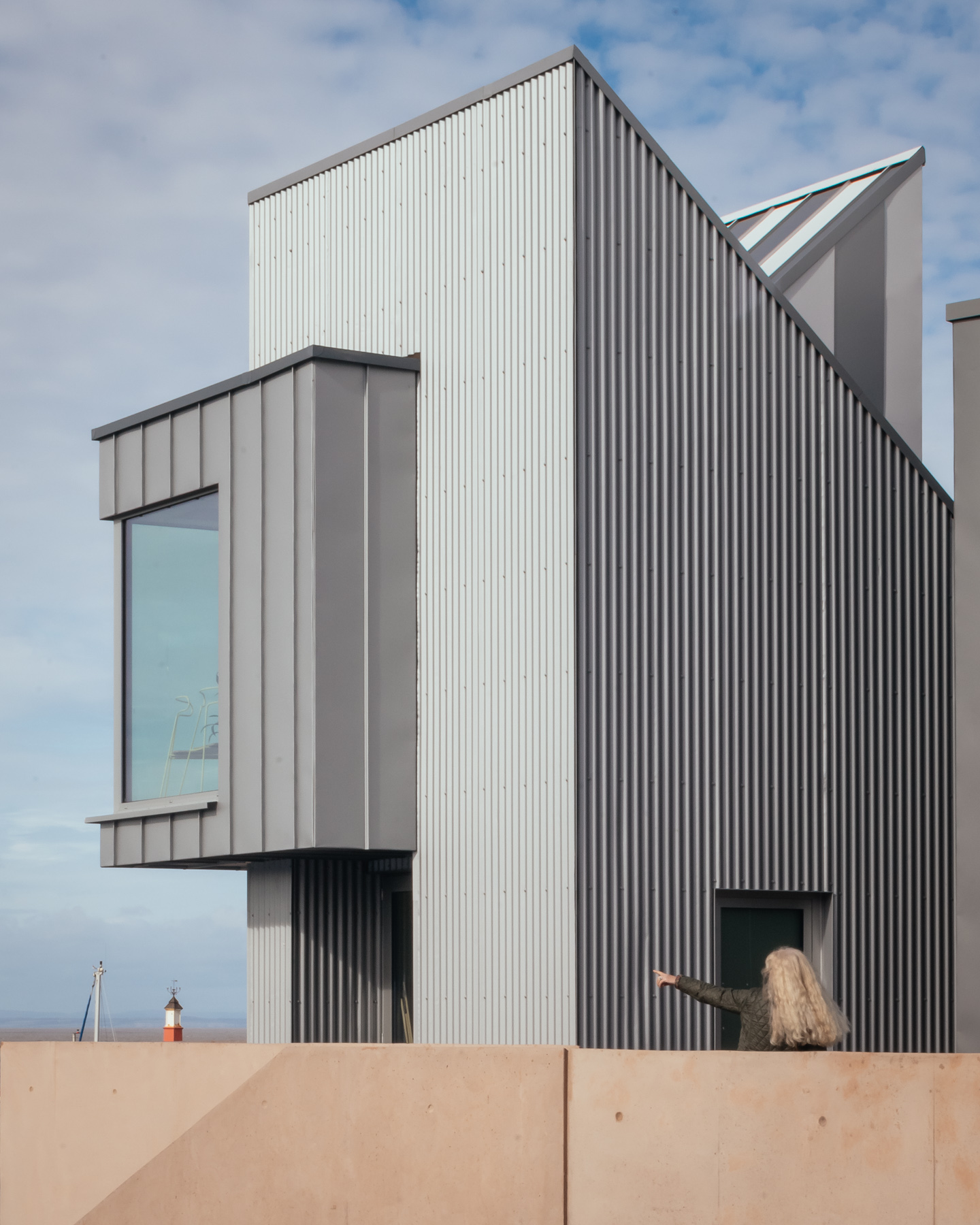
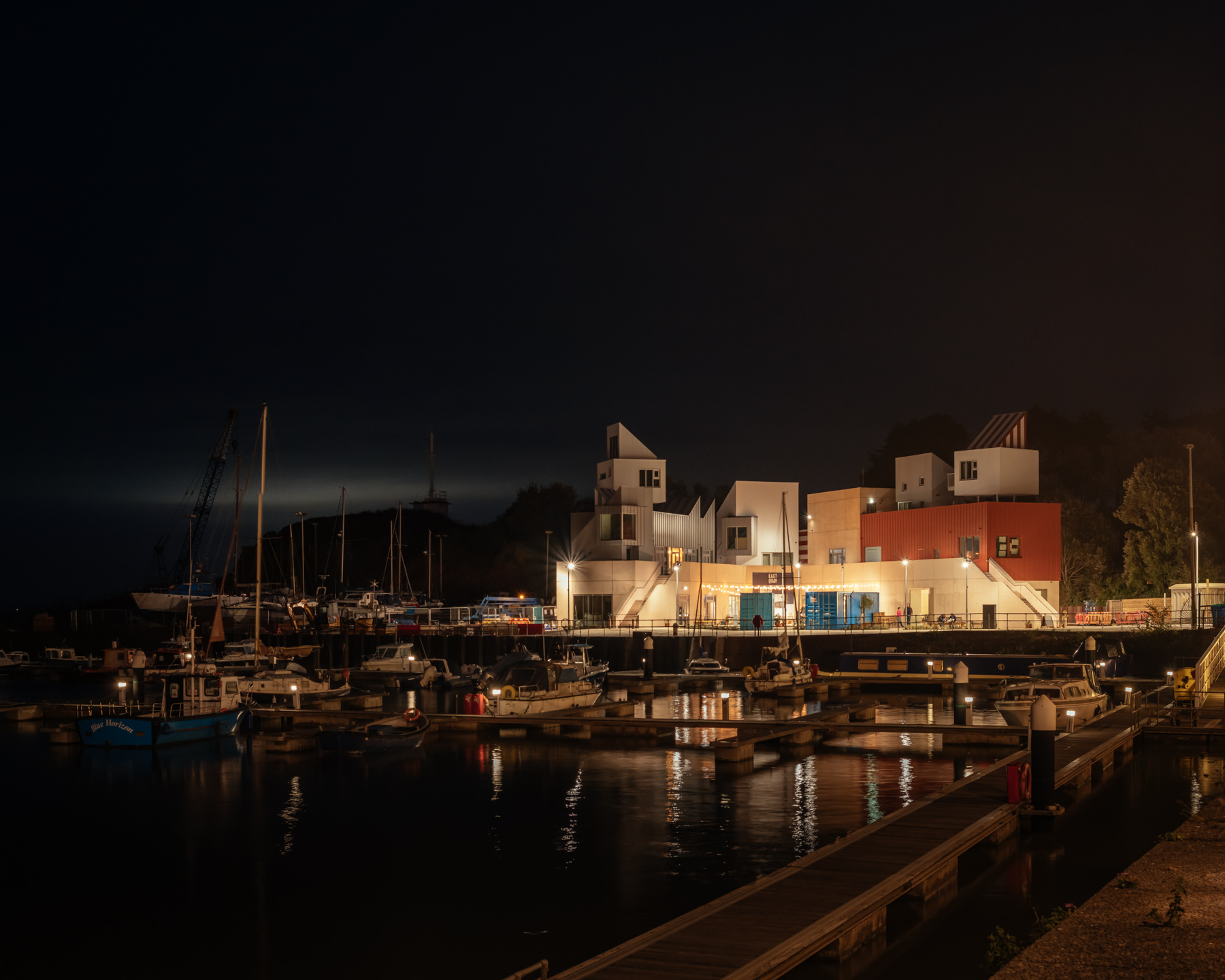
INFORMATION
-
 A day in Ahmedabad – tour the Indian city’s captivating architecture
A day in Ahmedabad – tour the Indian city’s captivating architectureIndia’s Ahmedabad has a thriving architecture scene and a rich legacy; architect, writer and photographer Nipun Prabhakar shares his tips for the perfect tour
-
 You can now stay in one of Geoffrey Bawa’s most iconic urban designs
You can now stay in one of Geoffrey Bawa’s most iconic urban designsOnly true Bawa fans know about this intimate building, and it’s just opened as Colombo’s latest boutique hotel
-
 Pentagram’s identity for eVTOL brand Vertical Aerospace gives its future added lift
Pentagram’s identity for eVTOL brand Vertical Aerospace gives its future added liftAs Vertical Aerospace reveals Valo, a new air taxi for a faster, zero-emission future, the brand has turned to Pentagram to help shape its image for future customers
-
 Arbour House is a north London home that lies low but punches high
Arbour House is a north London home that lies low but punches highArbour House by Andrei Saltykov is a low-lying Crouch End home with a striking roof structure that sets it apart
-
 A former agricultural building is transformed into a minimal rural home by Bindloss Dawes
A former agricultural building is transformed into a minimal rural home by Bindloss DawesZero-carbon design meets adaptive re-use in the Tractor Shed, a stripped-back house in a country village by Somerset architects Bindloss Dawes
-
 RIBA House of the Year 2025 is a ‘rare mixture of sensitivity and boldness’
RIBA House of the Year 2025 is a ‘rare mixture of sensitivity and boldness’Topping the list of seven shortlisted homes, Izat Arundell’s Hebridean self-build – named Caochan na Creige – is announced as the RIBA House of the Year 2025
-
 In addition to brutalist buildings, Alison Smithson designed some of the most creative Christmas cards we've seen
In addition to brutalist buildings, Alison Smithson designed some of the most creative Christmas cards we've seenThe architect’s collection of season’s greetings is on show at the Roca London Gallery, just in time for the holidays
-
 In South Wales, a remote coastal farmhouse flaunts its modern revamp, primed for hosting
In South Wales, a remote coastal farmhouse flaunts its modern revamp, primed for hostingA farmhouse perched on the Gower Peninsula, Delfyd Farm reveals its ground-floor refresh by architecture studio Rural Office, which created a cosy home with breathtaking views
-
 A revived public space in Aberdeen is named Scotland’s building of the year
A revived public space in Aberdeen is named Scotland’s building of the yearAberdeen's Union Terrace Gardens by Stallan-Brand Architecture + Design and LDA Design wins the 2025 Andrew Doolan Best Building in Scotland Award
-
 A refreshed 1950s apartment in East London allows for moments of discovery
A refreshed 1950s apartment in East London allows for moments of discoveryWith this 1950s apartment redesign, London-based architects Studio Naama wanted to create a residence which reflects the fun and individual nature of the clients
-
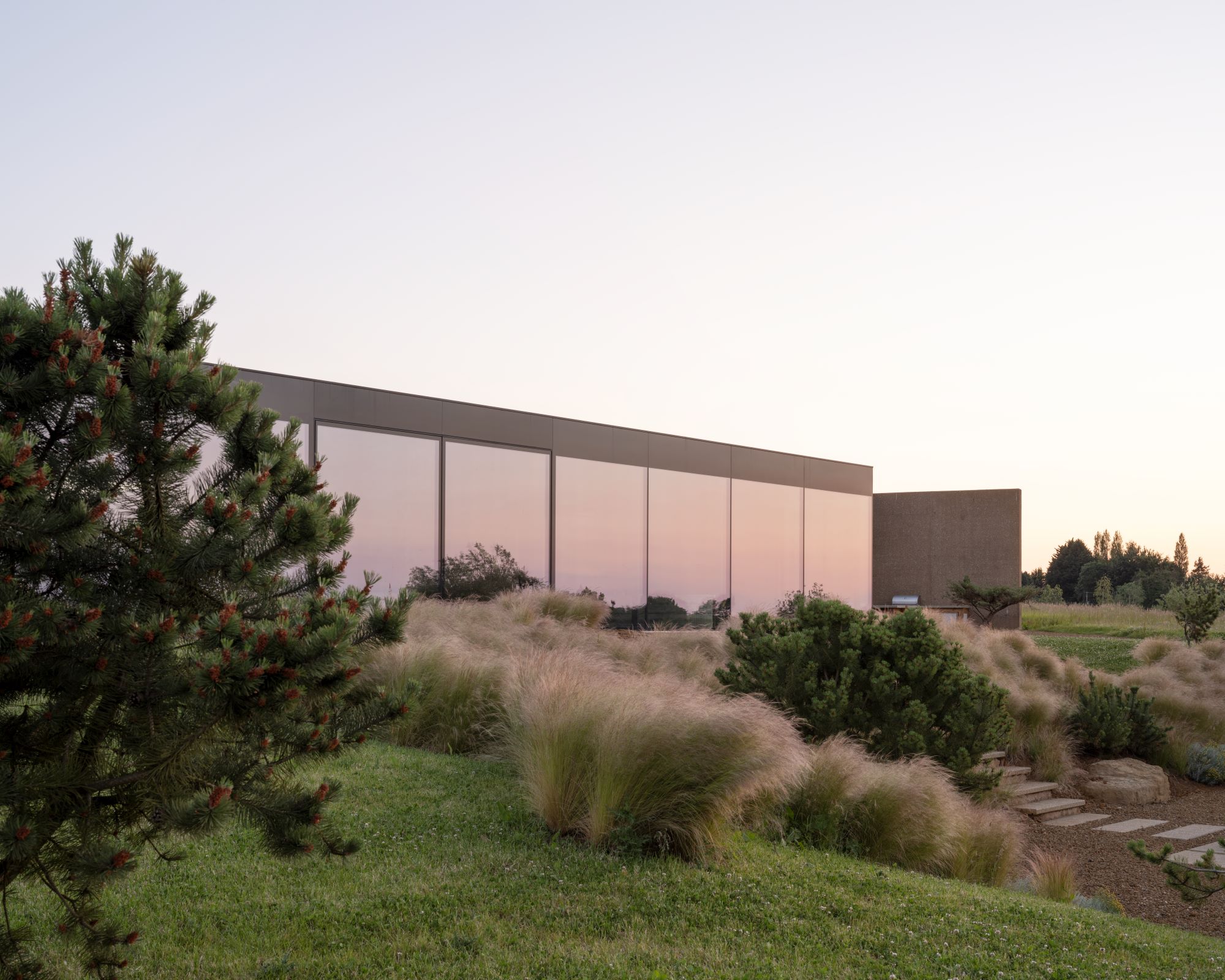 In this Cotswolds home, drama meets minimalism
In this Cotswolds home, drama meets minimalismCotswolds home Hiaven house, with interiors designed by McLaren Excell, is a perfect blend of contemporary chic and calm, countryside drama